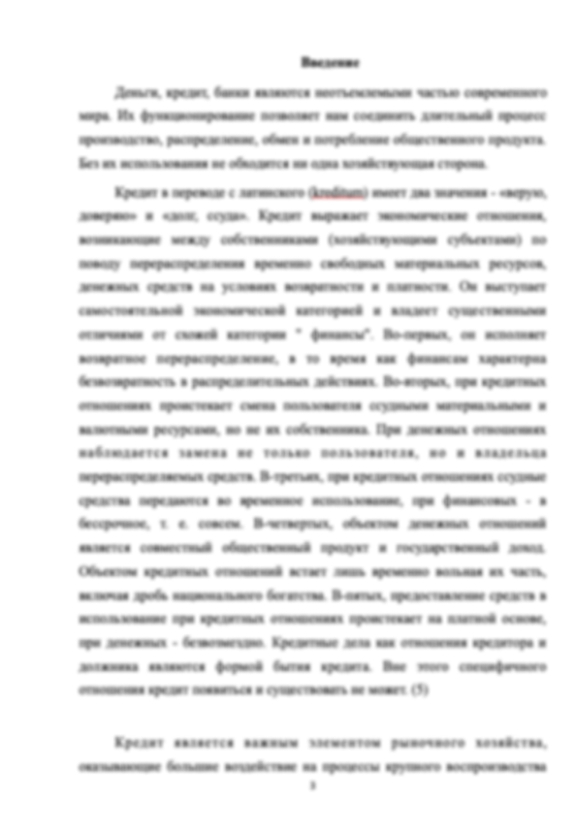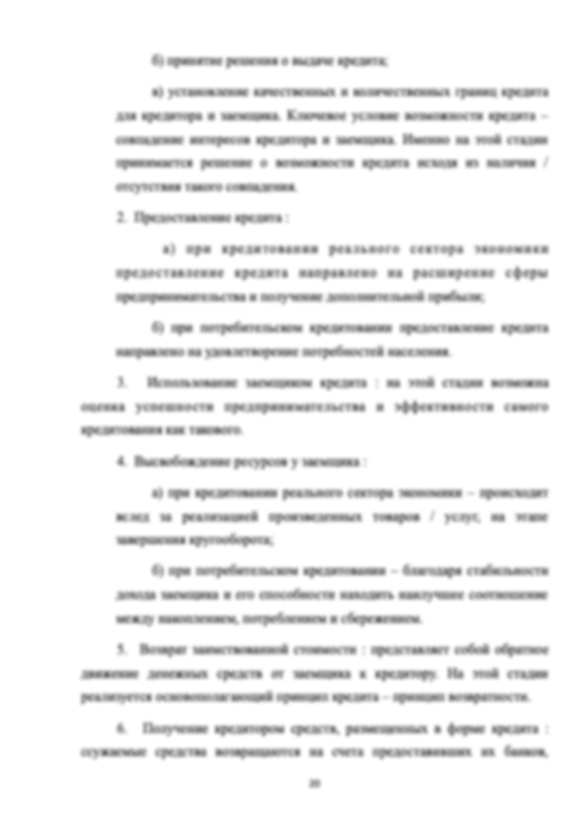Рекомендую автора. Работа сделана качественно и раньше срока. Спасибо.
Информация о работе
Подробнее о работе

Русско-финская война
- 13 страниц
- 2016 год
- 120 просмотров
- 0 покупок
Гарантия сервиса Автор24
Уникальность не ниже 50%
Фрагменты работ
Modern theories and concepts of international relations provide an elaborate inventory for empirical analysis and case-studies. This paper is an attempt to use that inventory to see if it helps us better understand certain historic events. Current state of international politics can be interpreted as a continuation of everlasting interstate tensions, confrontation and conflict. Thus, proper understanding of current politics requires proper analysis of previous events and processes, which in turn requires a theoretical basis.
The main question for this paper is Why the Soviet-Finnish war broke out? The war of 1939-1940, also known as the Winter War, remains to be a controversial point of international discussion to these days. Variety of opinions can be found not only along the west-east dichotomy in terms of academic traditions, but also within one country – Russia, which has its own historic borderline with the Soviet Union. The latter fact had a serious impact on academic research as it had specific ideological background. Analysis of certain historic events contributes to the whole body of theory and research disciplines. This concrete case of the Winter War can help us better understand why wars are still a crucial part of international life even in the twenty-first century.
For the purpose of the following discussion we will refer to two theoretical paradigms, neorealism and constructivism. The former explains state behavior as a reaction to external security environment and occurrence of threats, and the latter focuses on the internal characteristics including the security identity of the nation. According to the basic neorealist assumptions, the Soviet Union simply had no other choice than to invade Finland. Constructivism suggests to interpret the Finnish intransigence as a matter of cultural and security identity. Both theories provide different analytical frameworks, and it is to be seen which one does better.
First, we will set the analytical framework and then proceed to the empiric analysis. Lastly, conclusions will be made based on the previous analysis
Introduction 2
Brief reference 3
Analytical framework 4
Case of the Winter War 7
Conclusion 12
Bibliography 13
The chosen conceptual framework gives us an excellent opportunity for complex analysis of the Soviet-Finnish war of 1939-1940. On the one hand, neorealist theory explains the rising tensions between the Soviet Union and Finland, Finland’s importance for long-term Soviet strategy, and the gradual escalation towards a military conflict. A neorealist interpretation of the Soviet position explains the need of Moscow to preserve its influence and security in the international system. Given the international situation, Stalin responded to the rising German militarism by securing any vulnerability along Russia’s borders. Finland’s strategic position made it exceedingly important in this regard. Finland posed a threat to Russia, because its territory provided clear access to the Soviet northwestern border.
On the other hand, constructivism contributes by providing plausible explanation of why the Soviet leadership considered war the only expedient option leading to the actual outbreak of hostilities. Soviets’ perception of threats and Finnish intransigence made Stalin go for war, and constructivism explains the origins of such intransigent behavior. The Finns stood up for the ideas of Constitutionalism and neutrality deeply entrenched into their identity.
The neorealist approach gives us a clear picture of the external security environment which put enormous pressures on all actors. The international system forced the military option. The constructivist approach explains why that option was made based on the internal characteristics. Thus, analytical eclecticism proves to be useful as it provides a multi-faceted notion of the origins of the Winter War.
1. Abelev J. Perceptual Realism and the Winter War of 1939 // Intersections. – 2009. – Vol. 10. – P.1-19.
2. Adler E. Seizing the middle ground: Constructivism in world politics // European Journal of International Relations. – 1997. – No. 3. – P. 319-363.
3. Agius C. The Social Construction of Swedish Neutrality: Challenges to Swedish identity and sovereignty. Manchester, 2012. 264 p.
4. Browning Ch.S. Constructivism, Narrative and Foreign Policy Analysis: A Case Study of Finland. Peter Lang AG, Internationaler Verlag der Wissenschaften, 2008. 328 p.
5. Evans R.J. The Third Reich in Power. New York: Penguin, 2005. 960 p.
6. Foreign policy of the USSR. Collection of documents. Moscow, 1946. Vol. 4. 647 p.
7. Jacobson M. The diplomacy of the winter war; an account of the Russo-Finnish War, 1939-1940. Cambridge, Mass: Harvard University Press, 1961. 292 p.
8. Puntila L.A. The political history of Finland 1809-1966. Otava, 1974. P.162. 248 p.
9. Sander G.F. The Hundred Day Winter War: Finland's Gallant Stand against the Soviet Army. Westbrook: University Press of Kansas, 2013. 400 p.
10. Scott F.D. Scandinavia. Harvard University Press, 1975. 426 p.
11. Tanner V. The Winter War: Finland Against Russia, 1939-1940. Stanford, 1957. 349 p.
12. Upton A.F. Finland, 1939-1940. Newark, NJ: University of Delaware Press, 1979. 174 p.
13. Waltz K. Theory of International Politics. New York: McGraw Hill, 1979. 251 p.
14. Wendt A. Anarchy is What States Make of It: the Social Construction of Power Politics // International Organization. – 1992. – No. 46:2. – P. 335-370.
15. Wendt A. Social Theory of International Politics. Cambridge: Cambridge University Press, 1999. 447 p.
Форма заказа новой работы
Не подошла эта работа?
Закажи новую работу, сделанную по твоим требованиям


